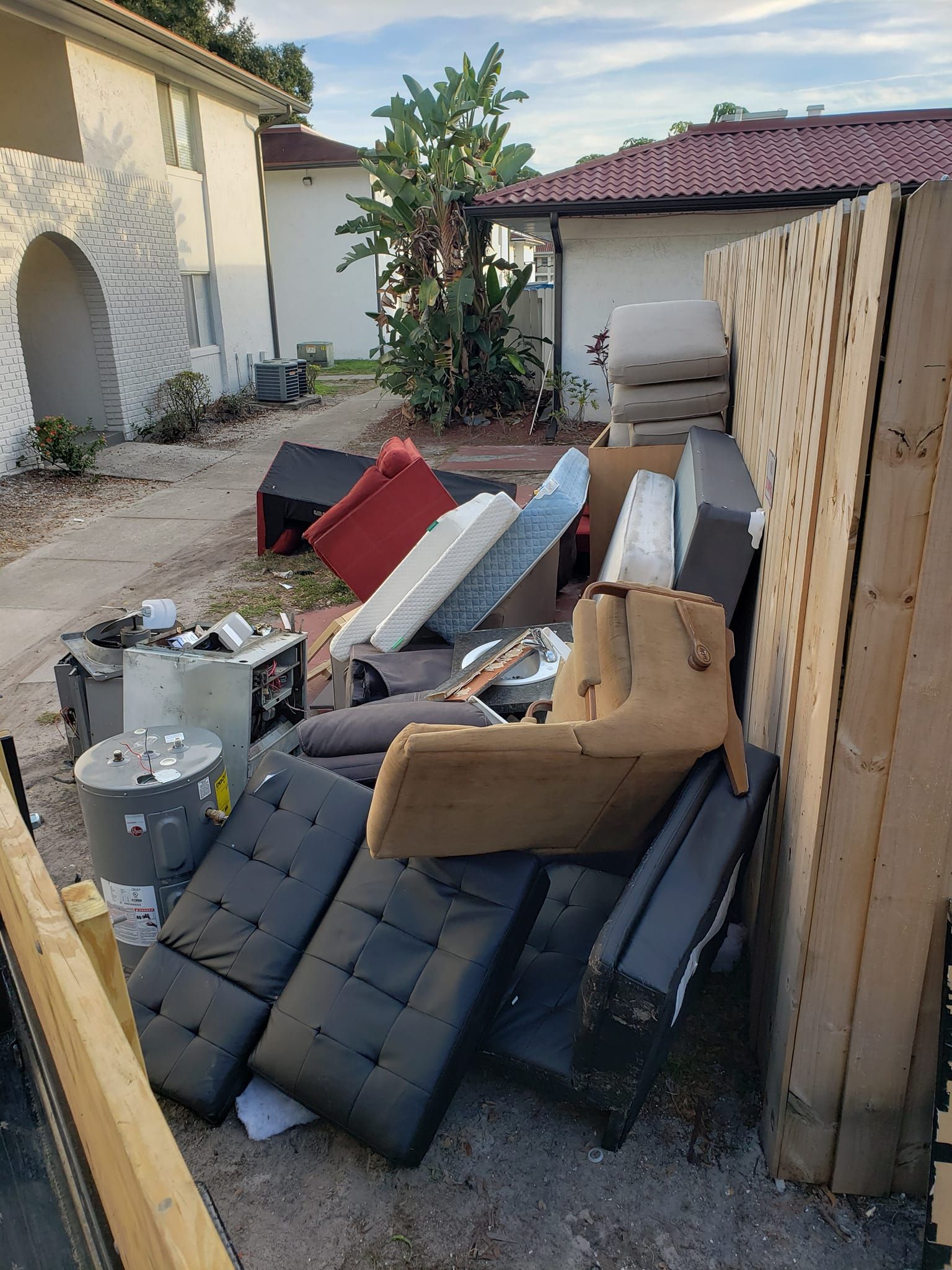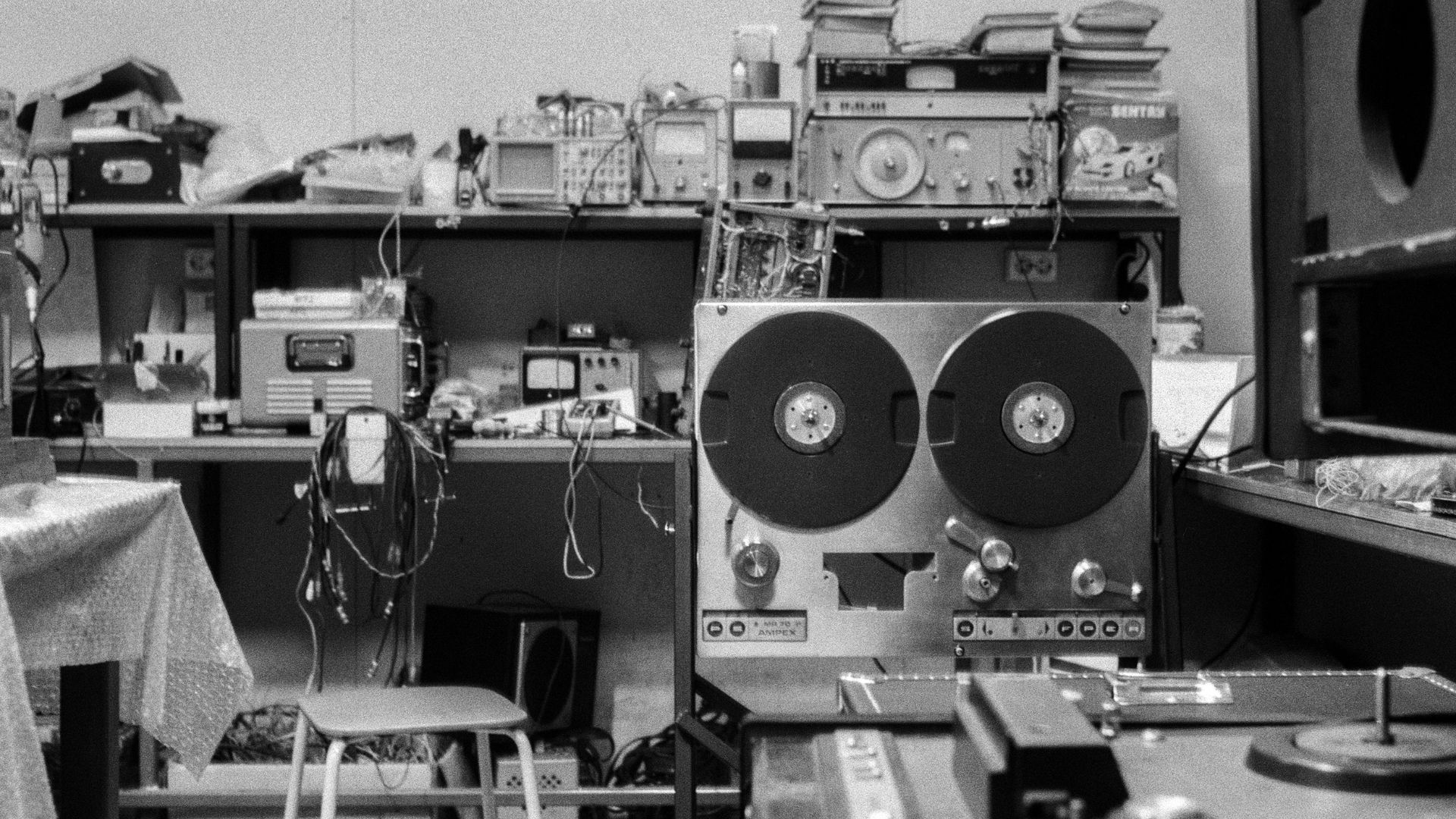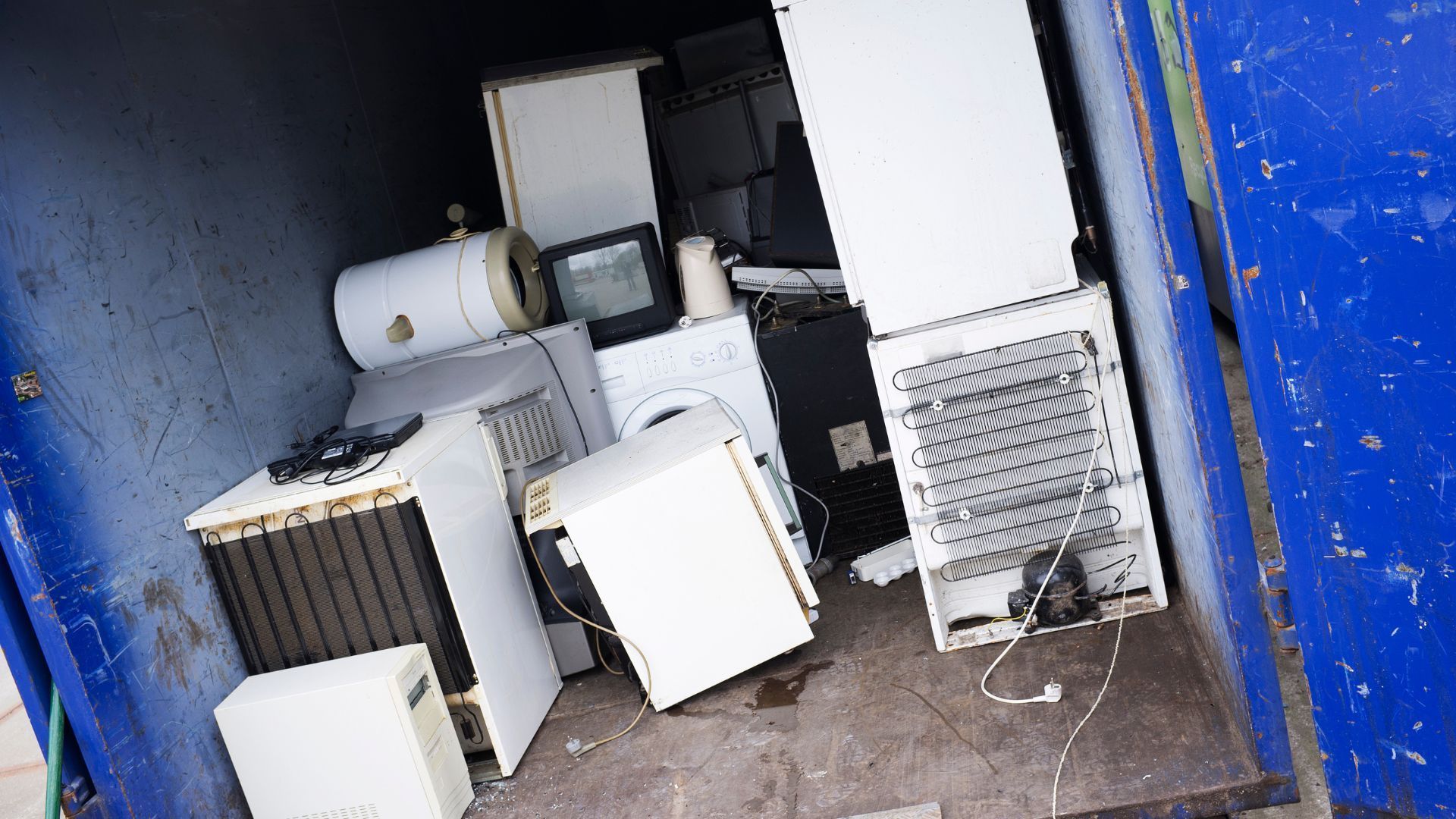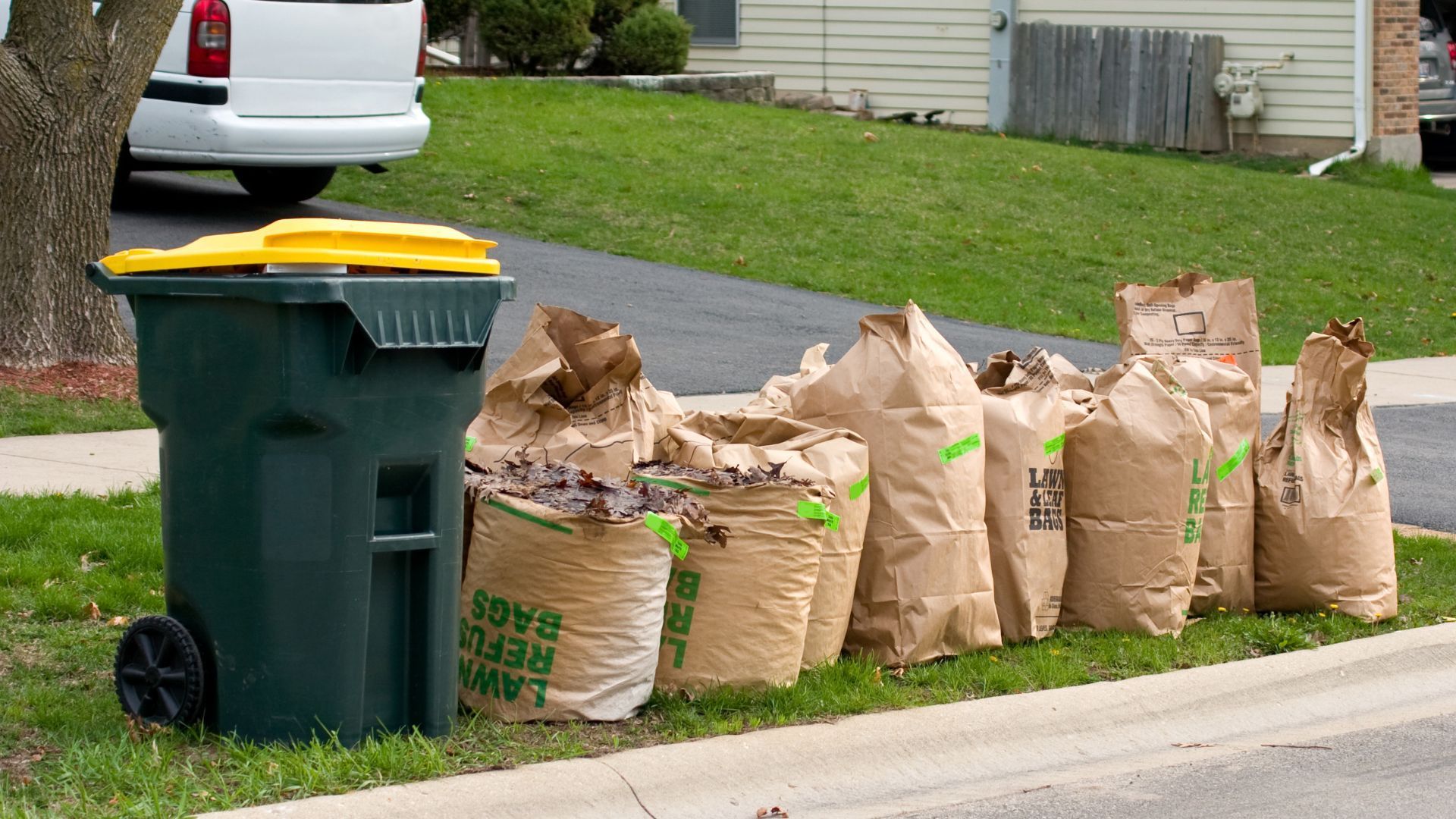The Best Practices for Safe and Efficient Furniture Removal
Removing furniture from a home may seem straightforward, but without proper planning and technique, it can become a stressful and potentially hazardous task. From heavy sofas to bulky beds, improper handling can lead to property damage, personal injury, or even unnecessary expenses. Understanding best practices for furniture removal ensures that the process is both safe and efficient. Whether decluttering, preparing for a move, or renovating a space, having a clear strategy for removal transforms a challenging task into a smooth, organized experience.
Professional furniture removal services streamline the process, combining experience, tools, and techniques to handle items safely and quickly. Experts assess the weight, size, and fragility of each piece, preventing accidents and minimizing damage to walls, floors, or other furnishings. By utilizing proper lifting techniques, moving equipment, and disposal methods, they ensure an efficient workflow that saves time and reduces stress. Beyond removal, professionals often offer recycling, repurposing, or donation options, further improving the environmental impact of your project.
Planning the Removal Process
Before attempting to remove furniture, careful planning is essential to avoid mishaps and delays. Mapping out the route, clearing hallways, and measuring doorways and staircases ensures that large pieces can be maneuvered safely. Identifying obstacles, potential pinch points, and weight distribution issues helps prevent damage to walls, floors, or the furniture itself. Establishing a step-by-step plan, including removal order and staging areas, transforms a chaotic task into an organized, controlled process.
In addition to physical preparation, gathering the necessary tools and equipment enhances safety. Dollies, sliders, straps, and protective blankets are invaluable for maneuvering bulky or fragile items. Assigning roles to participants, establishing clear communication, and scheduling sufficient time prevent rushed decisions that may result in accidents. Planning also includes considering disposal or donation logistics, ensuring that items are removed responsibly and in compliance with local regulations.
Assessing Furniture for Safety and Durability
Before moving any piece of furniture, it is important to assess its condition and stability. Weak frames, loose joints, or fragile surfaces can present hazards during lifting or transport. Identifying potential risks allows movers to take precautions, such as reinforcing structures or using protective padding. Understanding the durability and weight distribution of each item ensures that the right techniques are applied, reducing the risk of breakage or injury. This initial evaluation also helps determine whether professional removal assistance is needed for particularly heavy or delicate pieces.
Evaluating furniture also informs the choice of handling equipment. Items with wheels may require different techniques than solid wood pieces, while upholstery may need blankets or shrink wrap to prevent stains or tears. Proper assessment includes considering disassembly, such as removing legs, cushions, or detachable components to simplify transport. This evaluation not only protects the furniture but also streamlines the removal process, allowing for smoother transitions from one space to another.

Utilizing Proper Lifting Techniques
Incorrect lifting techniques are a common cause of injuries during furniture removal. Using the legs instead of the back, maintaining a stable stance, and avoiding twisting motions protect the body from strains and sprains. For heavier items, coordinating lifts with multiple participants distributes the weight evenly and reduces the physical burden. Planning each movement, communicating clearly, and maintaining proper posture ensures that large or awkward items are handled safely.
In addition to body mechanics, leveraging mechanical aids enhances safety. Dollies, hand trucks, and sliders minimize direct lifting and allow smoother transport of bulky items. Properly securing items to equipment prevents shifting, tipping, or falling. Straps and lifting belts provide additional support for heavy pieces, ensuring control throughout the move. Combining safe lifting with mechanical assistance allows the task to be completed efficiently without unnecessary exertion or risk.
Disassembling Large Pieces
Breaking down large furniture items into smaller, more manageable components is a practical method to simplify removal. Bed frames, cabinets, and modular sofas often come apart with the right tools, reducing the risk of injury and property damage. Disassembly also makes it easier to navigate tight hallways, staircases, and doorways. Labeling pieces and keeping hardware organized ensures that reassembly is straightforward. Properly disassembling furniture before moving enhances efficiency, protects the structural integrity of each piece, and reduces the stress associated with maneuvering oversized items.
Disassembly also facilitates safer loading into vehicles or disposal containers. Items that are too large to fit through openings can be broken down into transportable sections, allowing multiple pieces to be moved simultaneously. Protective padding or shrink wrap may be applied to prevent scratches, dents, or tears during transport. Professional removal teams excel at disassembly, quickly identifying components that can be separated and reassembled without compromising stability. Through careful disassembly, furniture removal becomes a controlled and predictable process, minimizing risk and preserving both the home environment and the condition of the items being moved.
Protecting Floors and Walls
During furniture removal, scratches, dents, and scuffs can easily occur if precautions are not taken. Using protective coverings such as blankets, cardboard, or sliders shields floors from damage, while corner guards and padding prevent wall marks. Planning the route, removing rugs or obstacles, and maintaining steady control of the items during movement also contribute to a damage-free process.
Professional movers often employ specialized techniques to minimize contact with delicate surfaces. They use dollies, straps, and sliders strategically, ensuring heavy items are guided safely without dragging. Temporary supports may be placed under furniture to prevent direct friction with the flooring. By prioritizing protection, homeowners avoid costly repairs and maintain a polished, organized environment throughout the removal process.
Planning Transportation and Disposal
Safe and efficient furniture removal extends beyond the home into transport and disposal. Properly planning vehicle size, securing items, and maintaining balance prevents shifting, tipping, or falling during transit. Coordinating with disposal facilities, donation centers, or recycling programs ensures that items are removed responsibly. Planning transportation and disposal logistics minimizes environmental impact and ensures compliance with local regulations.
Transportation planning also involves prioritizing the order of loading to optimize space and prevent damage. Heavier items are typically placed first, with lighter or fragile pieces stacked carefully on top. Protective coverings, straps, and padding maintain stability and safeguard against bumps or friction during travel. Professional services often include pickup, transport, and disposal, simplifying the process for homeowners while ensuring responsible handling. Strategic transportation and disposal planning is essential for completing a furniture removal project safely, efficiently, and sustainably.
Handling Fragile and Valuable Items
Fragile and high-value furniture requires special attention to prevent damage during removal. Glass tables, mirrors, antiques, and decorative pieces must be wrapped, padded, and supported carefully throughout the process. Assessing fragility and value informs handling techniques and determines the need for additional participants or equipment. Taking precautions ensures that these items reach their destination intact, preserving both their functional and aesthetic qualities.
Professional teams are skilled at managing delicate items, using protective materials and transport methods designed to prevent jarring or scratching. For extremely valuable or rare pieces, specialized equipment and handling may be employed, including dollies with cushioning, corner guards, and tie-down straps. Careful labeling and strategic positioning within vehicles or storage areas prevent movement that could result in damage. By prioritizing fragile and valuable items, homeowners can ensure a safe and efficient removal process that preserves the integrity and value of their furniture.
Maintaining a Clean and Organized Workspace
Keeping the work area tidy during furniture removal improves safety, efficiency, and workflow. Clearing obstacles, removing small debris, and designating staging areas prevent trips, falls, and accidental collisions. An organized workspace allows movers to navigate freely, manage multiple items, and maintain focus throughout the removal process. Regular cleanup during the project also protects walls, floors, and other surfaces, reducing the risk of damage and creating a more controlled, productive environment.
Professional furniture removal services maintain strict organizational standards, ensuring that pathways remain clear and items are staged appropriately for transport or disposal. This attention to detail enhances speed, minimizes stress, and prevents disruptions. Maintaining a clean workspace also sets the stage for reassembly or home improvement tasks, allowing homeowners to transition seamlessly from removal to next steps. By combining organization with proactive cleanup, furniture removal becomes a safe, efficient, and well-coordinated process that reduces risk and maximizes productivity.
Knowing When to Hire Professionals
While small pieces may be manageable, large, heavy, or awkward furniture often requires professional expertise. Experts have the tools, experience, and manpower to handle items safely, minimizing injury risk and property damage. Hiring professionals is a smart investment, particularly for challenging layouts, multiple floors, or delicate items. Delegating to trained teams ensures efficiency, reliability, and peace of mind, reducing both stress and potential liability. Recognizing when professional assistance is needed allows homeowners to complete furniture removal projects safely, efficiently, and without compromise.
Professional removal teams also provide disposal, recycling, and donation solutions, streamlining the process from start to finish. They manage logistics, equipment, and labor while adhering to best practices for handling and transport. Utilizing experts prevents costly mistakes, injuries, or property damage and allows homeowners to focus on planning and organization. By understanding the limits of personal capability and enlisting professionals when necessary, furniture removal becomes a safe, organized, and efficient process that delivers predictable, successful results.
Conclusion
Safe and efficient furniture removal requires careful planning, proper lifting, protective measures, and professional expertise when needed. From assessing furniture to disassembling, transporting, and disposing of items responsibly, following best practices ensures safety, protects property, and maintains the integrity of each piece. A well-executed removal project creates a cleaner, more organized, and functional space that enhances both comfort and value.
Freedom Junk Removal in Pinellas Park, FL, provides expert furniture removal services that prioritize safety, efficiency, and responsible disposal. Contact them at (727) 295-2143 or info@freedomjunkremoval.net to schedule a consultation and experience a seamless, stress-free solution for your furniture removal needs.





